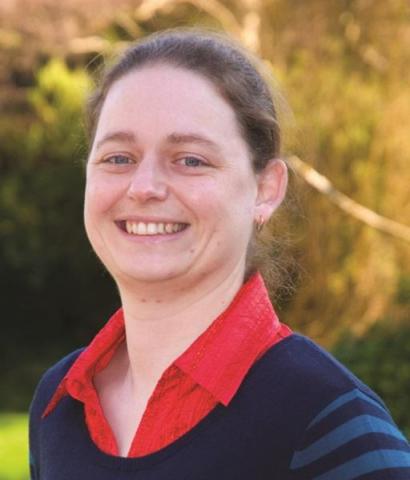Project overview
Wind-blown (aeolian) dune landscapes make up almost 10% of the global mass but we know surprisingly little about how individual dunes within dunefields initiate, grow, interact and die to form dynamic dune systems. Innovative field datasets are required that quantify in three dimensions the patterns of wind flow and sediment transport, both over single dunes and between interacting bedforms in whole dunefields at both transport event and annual timescales, to enable the validation of computer simulation models. Through an improved knowledge of aeolian dune dynamics, we will facilitate advancements in our understanding of the key environmental drivers in aeolian environments.
In regions of strong unidirectional winds with limited sediment supply, sediment typically begins to accumulate in sand patches. These patches can develop into protodunes, then dome forms and finally into barchan dunes, with the latter often arranging into 'train' distributions. While we have conceptual models of how components of dune systems interact, and remote sensing datasets are beginning to elucidate complex interactions between dunes, suitably high resolution measurements within simple barchan trains are lacking from field studies. Over two field seasons, we will document the evolution and quantify the dynamic interactions of sand patches, protodunes, dome dunes and barchans in the Skeleton Coast desert of Namibia. We will use a combination of state-of-the-art field equipment, long-term meteorological monitoring and satellite imagery analysis to address fundamental questions about aeolian bedform evolution, dune morphological change and dynamics in arid environments, with implications for other dunefields both on Earth and other planetary bodies.
In regions of strong unidirectional winds with limited sediment supply, sediment typically begins to accumulate in sand patches. These patches can develop into protodunes, then dome forms and finally into barchan dunes, with the latter often arranging into 'train' distributions. While we have conceptual models of how components of dune systems interact, and remote sensing datasets are beginning to elucidate complex interactions between dunes, suitably high resolution measurements within simple barchan trains are lacking from field studies. Over two field seasons, we will document the evolution and quantify the dynamic interactions of sand patches, protodunes, dome dunes and barchans in the Skeleton Coast desert of Namibia. We will use a combination of state-of-the-art field equipment, long-term meteorological monitoring and satellite imagery analysis to address fundamental questions about aeolian bedform evolution, dune morphological change and dynamics in arid environments, with implications for other dunefields both on Earth and other planetary bodies.
Staff
Lead researcher
